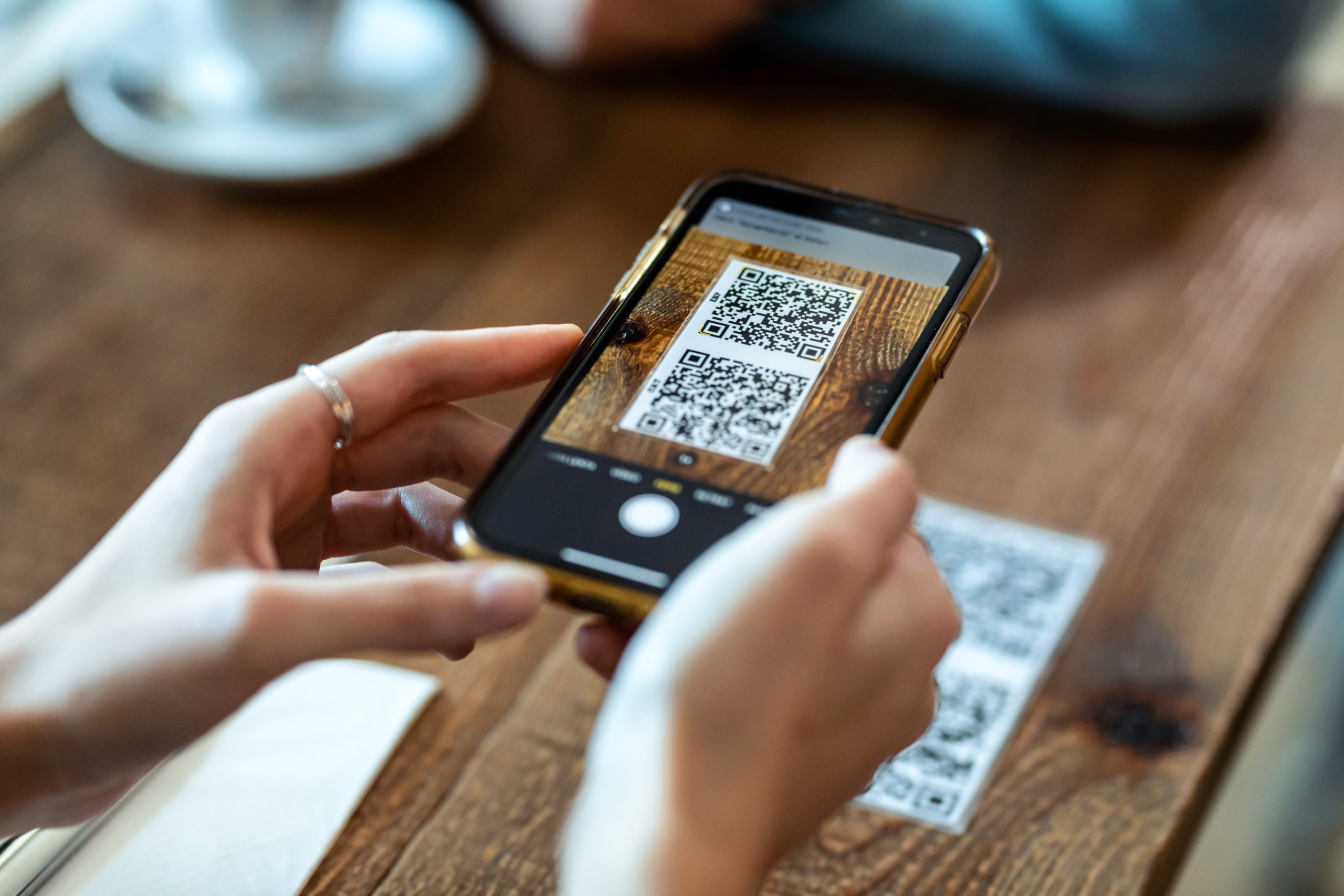If you’ve been to a restaurant in the last two years, you probably scanned a QR code to view the menu. And maybe you’ve noticed them popping up more and more at checkout counters and on outdoor signage.
That’s not a coincidence: these mottled black-and-white squares, laughed into hibernation a decade ago, have come roaring back thanks to the pandemic and the demand it’s created for contactless interactions.
This is great news for companies that rely on customer data (which, frankly, should be all companies at this point). Every time someone scans a QR code, it creates zero-party data that can power every part of an enterprise. Here’s what leaders need to know to make sure they’re getting as much value as possible from this technology.
The Value of Zero-Party Data
Apple and Google are changing the way the internet works. In the name of improved security, both companies are reducing third-party access to customer data (third-party cookies)—i.e., the information that has, for years, driven much of online marketing.
One thing this means for brands hoping to market and advertise online is that zero-party data (i.e., information that people in your target audience voluntarily provide to you) has become more valuable than ever. To be fair, zero-party data has always been valuable. But without the third-party cookies brands have relied on for so long, it becomes essential to online marketing and advertising efforts.
QR codes, as it turns out, are an excellent way to collect this zero-party data. When a person scans a QR code, they’re making a clear, conscious decision to connect with your brand. The ideal outcome: your brand then goes on to engage with the customer in the way they want you to.
To do that, you’ll need a company-wide strategy for when, where and how to deploy QR codes—and what kind of information to collect when you do. Worth noting: it’s likely that the number of people you’ll have zero-party data for will be smaller than the number you have third-party data for. But you’ll have a much better sense of how they want to engage with you and so your efforts can be more targeted and more effective.
Which brings me to my next point.
How to Prevent Data Silos
In the last several years, a lot of executives have spent a lot of energy trying to get all the data they had on their customers to talk to each other.
In introducing a new technology, you risk creating another data silo.
This is especially true with QR codes. Why? Because we’re at a moment where QR codes often don’t yet have executive buy-in, and so entrepreneurial marketers (for example) take it upon themselves to generate QR codes and add them to marketing materials.
When other teams see the success marketing is having, they might also try QR codes—after all, they can be used for everything from sharing information to tracking inventory to facilitating payments to prompting reviews and more.
But what happens if marketing and product use different QR code providers? There are lots of free offerings online—without inter-departmental coordination, there’s no reason to expect two departments would choose the same one.
And when everyone’s using different providers, the data from each provider ends up in a silo. It may not be easily accessible or downloadable. It may not be easy to share with the rest of the organization, never mind integrate with existing data sources.
And so your QR codes—which are creating data that has the potential to inform everything from the layout of physical stores, to messaging to app design, to customer care engagements—end up falling far short of their potential.
But taking a haphazard approach to QR code use actually comes with even bigger risks.
The Importance of Securing Data from QR Codes
The other threat of an ad-hoc approach to QR codes is a lack of data security. It’s the classic problem of shadow IT: when there’s no formal review of the platforms employees use, there’s no way to enforce security standards.
A data breach is never a good look for a brand. But if the free online QR code generator you use experiences a data security issue, you risk compromising the data of the people who were most enthusiastically signaling that they wanted to be in communication with you. That’s far from ideal.
So what security features should you look for in a QR code platform? It should offer…
- Multi-factor authentication from users.
- Single sign-on (which prevents unauthorized access).
- SSL for all new and existing QR code domains.
- Regular scans for threats (phishing, social engineering and malware).
The good news here is that QR code providers that are sophisticated enough to have this level of security are typically also built in a way that facilitates sharing the data they generate with your existing platforms.
QR Codes Are at an Inflection Point
While the pandemic pushed QR codes into the mainstream in the United States, they’re not likely to go anywhere when we’re past it. Fully 59 percent of U.S. consumers expect QR codes to be a regular part of their phone usage going forward. To deliver the kinds of personalized experiences customers expect from QR-fueled interactions—and therefore cultivate the most mutually rewarding relationships possible—leaders have to embrace this channel as they do more mature channels like email, social and SEO. Without that executive-level buy-in and an enterprise-wide strategy, brands risk alienating their most engaged customers.









